This week’s animation roundtable in The Hollywood Reporter sparked some online ire for featuring both a group that is decidedly homogeneous (read: white and male) and for discussing the concept of diversity in animated films. There’s just one problem though: diversity in animation as a concept is incredibly difficult to define and covers far more than what the group touched on in their discussion.
Live-action films are often the focus of diversity efforts because they are extremely visible, highly influential, and accorded a degree of status among entertainment media. Efforts at increasing diversity in those films stretch back decades, and have come a long way since the Golden Age of Hollywood. Today’s live-action films (mainstream and independent) are more likely than ever to feature female leads, minority characters, and ethnic cultural aspects. This is despite a tightening of artistic genres as feature films congregate around lower-risk franchises and tentpoles.

Animated films, well, their a different matter altogether. As a result of their marked separation from reality, discussing the concept of diversity is a far more complicated matter. Live-action films are pretty clear cut: the actors and actresses on-screen provide an immediate indication of the level of diversity in the film, in addition to the story. In contrast, any traits of diversity are capable of going unnoticed unless they either made explicit or designed that way to begin with.
This means that when it comes to diversity and animation, any discussion must be given an all-important frame of reference. Does it concern the staff and crew behind the production, or does it concern what’s on the screen instead? Maybe it concerns both? The Hollywood Reporter article is drawing negative responses because it features the irony of a homegenous group discussing diversity on-screen. That’s certainly not ideal (and indeed curious given that Jennifer Yuh Nelson directed Kung Fu Panda 3,) however homogeneity within the crew does not mean that what they produced was simultaneously homogeneous and vice versa. There’s an important distinction between the diversity of what is made and who made it, and confusion can result when this distinction is not made.
Of the 25 [fully] animated films that are eligible for this years Oscars, significantly less than half feature human characters. Films like Zootopia with its anthropomorphic cast make it difficult to pinpoint how diverse they are without resorting to obvious stereotypes that arguably do more to harm than good. Other films that blur the lines include Kubo and the Two Strings (directed by an American male with a male protagonist but set in ancient Japan), and The Little Prince (male protagonist but with a crew split across France and Italy.)

There’s also the question of how much diversity is needed, or necessary. Films like Miss Hokusai might pass on gender diversity, but would fail on cultural diversity. Sausage Party may do a poor job of exemplifying diversity, but does the mere presence of diverse casts count for more than a good portrayal of them? Again, the fact that animation is not as securely rooted in reality as live-action makes these aspects more difficult to consider as the suspension of belief impacts perceptions.
Overall, 2016 may be a banner year for diversity in animation if only because the large number of films being released have diluted the influence of larger studios. The proliferation of artistic styles, genres, and cultures that come from a larger playing field have also improved the influence of studios and artists from countries other than the US. Diversity within the industry may be enough to achieve the desired results with the knock-on effect’s ultimate result (combined with the smaller scale of the animation industry,) may produce even greater change than what more vocal efforts have accomplished in the live-action sector.
Diversity within the animation industry and its output does need improvement, and gains that have been made in recent years cannot be allowed to recede. However the wonderfully unique nature of animation means that we treat diversity issues with a certain degree of awareness and remain cognizant of establishing frames of reference when discussing the topic.
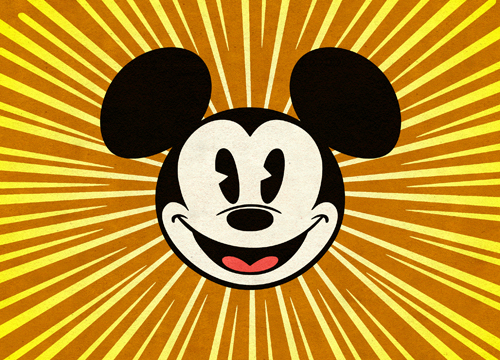
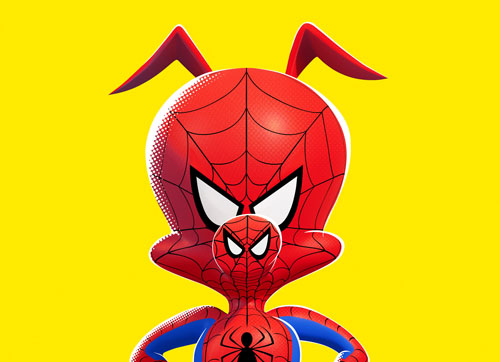

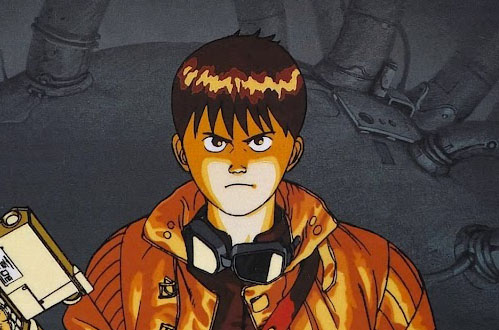

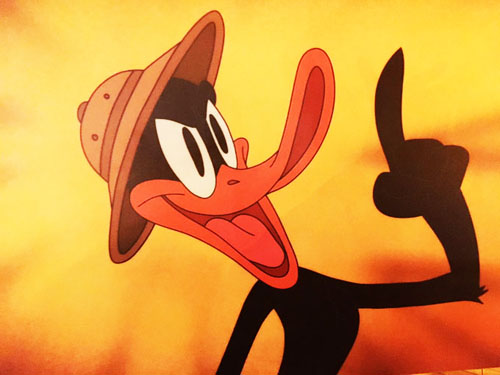



Popular Articles
‘Little Amélie or the Character of Rain’: The Wide-Eyed Wonder of a Toddler’s Coming of Age
“Zootopia 2” Sneak Preview: What We Learned About the Disney Sequel
Warner Bros Debuts “Krypto Saves the Day!” Animated Short Series
The Inside Job on “The Bad Guys 2”
REVIEW: “KPOP Demon Hunters”
Diversity in Animation: It’s A Tough Concept to Nail Down
This week’s animation roundtable in The Hollywood Reporter sparked some online ire for featuring both a group that is decidedly homogeneous (read: white and male) and for discussing the concept of diversity in animated films. There’s just one problem though: diversity in animation as a concept is incredibly difficult to define and covers far more than what the group touched on in their discussion.
Live-action films are often the focus of diversity efforts because they are extremely visible, highly influential, and accorded a degree of status among entertainment media. Efforts at increasing diversity in those films stretch back decades, and have come a long way since the Golden Age of Hollywood. Today’s live-action films (mainstream and independent) are more likely than ever to feature female leads, minority characters, and ethnic cultural aspects. This is despite a tightening of artistic genres as feature films congregate around lower-risk franchises and tentpoles.
Animated films, well, their a different matter altogether. As a result of their marked separation from reality, discussing the concept of diversity is a far more complicated matter. Live-action films are pretty clear cut: the actors and actresses on-screen provide an immediate indication of the level of diversity in the film, in addition to the story. In contrast, any traits of diversity are capable of going unnoticed unless they either made explicit or designed that way to begin with.
This means that when it comes to diversity and animation, any discussion must be given an all-important frame of reference. Does it concern the staff and crew behind the production, or does it concern what’s on the screen instead? Maybe it concerns both? The Hollywood Reporter article is drawing negative responses because it features the irony of a homegenous group discussing diversity on-screen. That’s certainly not ideal (and indeed curious given that Jennifer Yuh Nelson directed Kung Fu Panda 3,) however homogeneity within the crew does not mean that what they produced was simultaneously homogeneous and vice versa. There’s an important distinction between the diversity of what is made and who made it, and confusion can result when this distinction is not made.
Of the 25 [fully] animated films that are eligible for this years Oscars, significantly less than half feature human characters. Films like Zootopia with its anthropomorphic cast make it difficult to pinpoint how diverse they are without resorting to obvious stereotypes that arguably do more to harm than good. Other films that blur the lines include Kubo and the Two Strings (directed by an American male with a male protagonist but set in ancient Japan), and The Little Prince (male protagonist but with a crew split across France and Italy.)
There’s also the question of how much diversity is needed, or necessary. Films like Miss Hokusai might pass on gender diversity, but would fail on cultural diversity. Sausage Party may do a poor job of exemplifying diversity, but does the mere presence of diverse casts count for more than a good portrayal of them? Again, the fact that animation is not as securely rooted in reality as live-action makes these aspects more difficult to consider as the suspension of belief impacts perceptions.
Overall, 2016 may be a banner year for diversity in animation if only because the large number of films being released have diluted the influence of larger studios. The proliferation of artistic styles, genres, and cultures that come from a larger playing field have also improved the influence of studios and artists from countries other than the US. Diversity within the industry may be enough to achieve the desired results with the knock-on effect’s ultimate result (combined with the smaller scale of the animation industry,) may produce even greater change than what more vocal efforts have accomplished in the live-action sector.
Diversity within the animation industry and its output does need improvement, and gains that have been made in recent years cannot be allowed to recede. However the wonderfully unique nature of animation means that we treat diversity issues with a certain degree of awareness and remain cognizant of establishing frames of reference when discussing the topic.
Charles Kenny
Latest posts by Charles Kenny
Top Articles
‘Little Amélie or the Character of Rain’: The Wide-Eyed Wonder of a Toddler’s Coming of Age
“Zootopia 2” Sneak Preview: What We Learned About the Disney Sequel
Warner Bros Debuts “Krypto Saves the Day!” Animated Short Series
The Inside Job on “The Bad Guys 2”
REVIEW: “KPOP Demon Hunters”
Signup for Latest Animation News, Interviews & Reviews
By providing your information, you agree to our Terms of Use and our Privacy Policy.
This site is protected by reCAPTCHA Enterprise and the Google Privacy Policy and Terms of Service apply.
More Articles
INTERVIEW: The Courage Of “David”
INTERVIEW: Jeff Kinney On “Diary Of A Wimpy Kid: The Last Straw”
Disney Announces “Hey A.J.!” Debut January 13
INTERVIEW: “Pixar Putt” Takes Mini Golf To Infinity And Beyond
FIRST LOOK: Sony Pictures Animation “GOAT”
INTERVIEW: Ninja Turtles Holiday Power In “Chrome Alone 2”
INTERVIEW: Paul Castro Jr. on the Role of Riddle Rosehearts
INTERVIEW: A Devotion To “Wednesdays With Gramps”